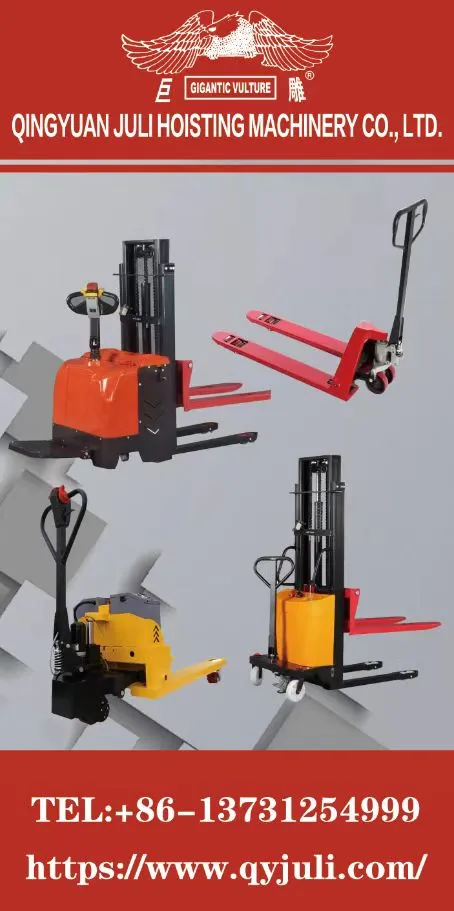


Understanding Types of Fall Protection Ensuring Safety in High-Risk Environments
Fall protection is a paramount concern in various industries, especially those that require workers to perform tasks at heights. Whether in construction, maintenance, or manufacturing, the risks associated with falling from elevated surfaces can lead to severe injuries or even fatalities. Thus, understanding the types of fall protection available is essential for ensuring the safety of workers and meeting regulatory requirements.
1. Personal Fall Arrest Systems (PFAS)
One of the most common types of fall protection is the Personal Fall Arrest System (PFAS). This system is designed to safely catch a worker if they fall from an elevated surface. A PFAS typically consists of three components the harness, connectors (like lanyards or hooks), and an anchorage point. The harness is worn by the worker and is designed to distribute the forces exerted on the body during a fall. Connectors ensure the harness is securely attached to a stable anchoring point, such as a beam or scaffold.
2. Guardrails and Safety Nets
Guardrails are a physical barrier designed to prevent workers from falling off edges of elevated surfaces. They are often installed around the perimeter of rooftops, scaffolds, and other elevated platforms. Guardrails must be robust and meet specific height requirements to be effective. On the other hand, safety nets are installed below elevated workspaces to capture and protect workers from falls. While they do not prevent falls, they minimize the injury risk by cushioning the fall.
3. Controlled Access Zones (CAZ)
Controlled Access Zones are designated areas where specific fall protection measures are in place. Workers are given access to these zones only under strict conditions. This type of fall protection helps manage exposure to fall hazards while allowing for flexibility in work processes. Establishing a CAZ requires careful planning and training to ensure that workers understand the boundaries and safety protocols associated with these zones.

4. Positioning Systems
Positioning systems are used to keep workers in place while allowing them to work hands-free at elevation. These systems often comprise a body belt or harness and a secure anchorage point. By utilizing a positioning system, workers can comfortably access their tasks without the risk of falling, as the system secures them in position. However, these systems should not be confused with fall arrest systems; they are meant for positioning rather than catching a fall.
5. Safety Training and Awareness
Along with the implementation of physical fall protection systems, training is a crucial element in fall protection strategies. Workers must be educated on how to properly use fall protection equipment, recognize hazards, and respond in emergencies. Regular training sessions and safety drills enhance awareness and prepare workers for unexpected situations.
6. Regulatory Compliance
Employers must adhere to regulatory standards set by bodies like the Occupational Safety and Health Administration (OSHA) in the United States. OSHA outlines specific requirements concerning fall protection, including when fall protection is necessary, the types of systems that can be used, and the responsibilities of employers and employees. Compliance with these regulations not only ensures workplace safety but also protects businesses from potential litigation and fines.
Conclusion
In conclusion, fall protection is a vital component of workplace safety in environments where employees are at risk of falling from heights. Different types of fall protection systems, such as Personal Fall Arrest Systems, guardrails, and safety nets, serve various purposes to mitigate these risks. Employers must be proactive, implementing both physical safety measures and comprehensive training programs to ensure a culture of safety. Understanding and utilizing these fall protection methods effectively can save lives and promote a safer working environment.



